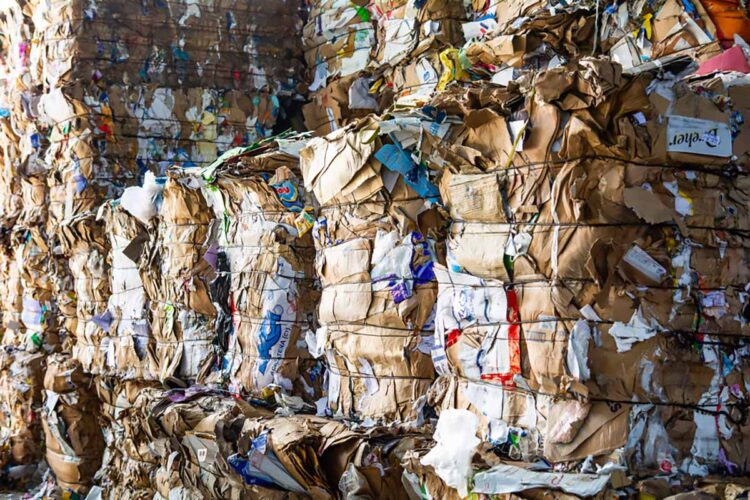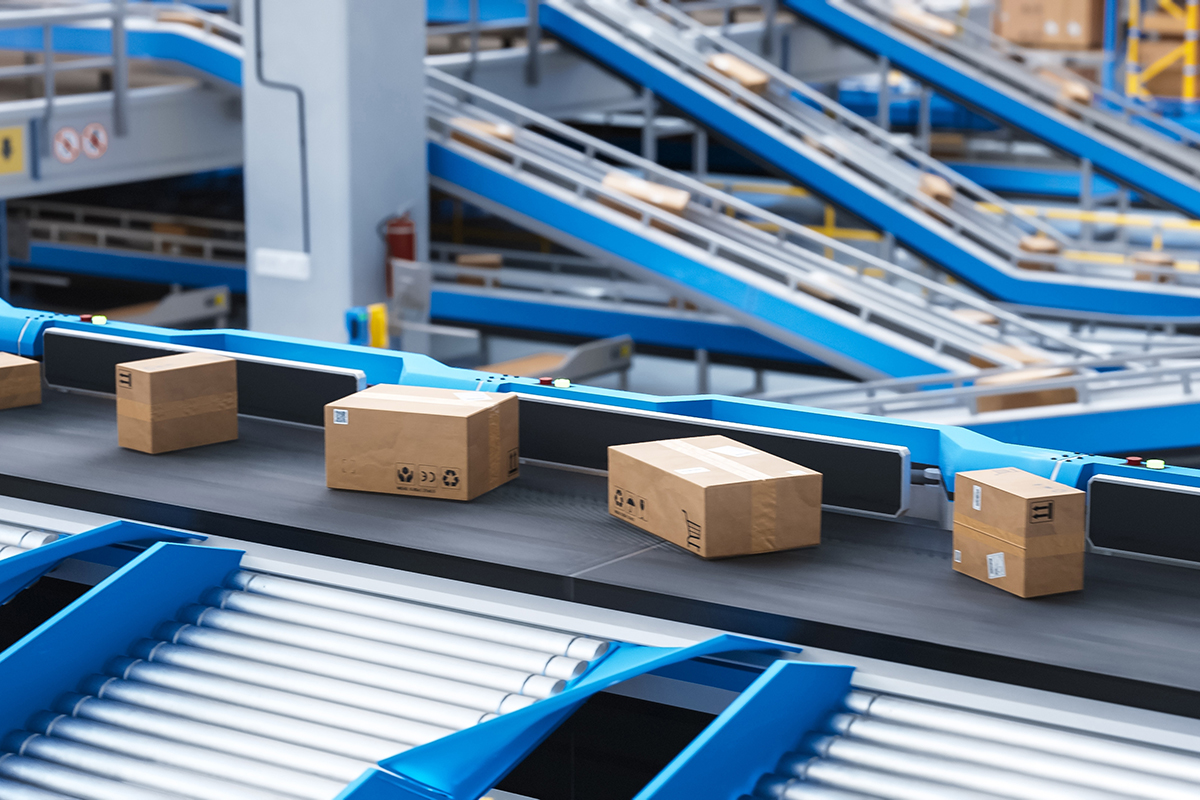The team behind a proposed Utah recycled paper mill has resurfaced with plans that move the site west, now aiming to build a mill in northern Nevada to process mixed paper and OCC into 350,000 tons per year of recycled containerboard.
Crossroads Paper is gearing up to start a 30-month construction project on a new mill near Winnemucca, Nevada, about 70 miles south of the border with Oregon and 160 miles northeast of Reno.
The company is led by brothers John and Ron Sasine, both recycling and packaging industry veterans who initially launched the company in 2019 to build a containerboard mill in the Salt Lake City area. John Sasine previously ran regional MRF operator Rocky Mountain Recycling, based in Utah, and Ron Sasine has worked in a variety of packaging industry positions, including head of packaging at Walmart for a decade.
In a May 28 interview, the Sasine brothers explained the Nevada mill is the same project, just relocated. All along, there were two options for locating the mill, they said: Site it close to the abundant source of OCC in the Salt Lake City area, or site it closer to end users – box makers – many of whom are concentrated in California.
“What we determined was that it was going to be more beneficial to the customer to be closer to them than closer to the source,” Ron Sasine said, describing the change as moving downstream. With the northern Nevada site, the mill will be located about two and a half hours’ drive from the California state line rather than a day’s drive through the Salt Lake Valley.
Initially proposed as a $320 million project in 2019, the price tag has increased in the intervening years, and the Sasines now anticipate costs will be in the area of $450 million. The project is being financed by private investors.
The Sasine brothers estimate under their current proposed timeline, the facility would be up and running by the end of 2026. The relocated mill has been gathering steam for some time: The project team has been working with the Nevada Governor’s Office of Economic Development on various tax abatement opportunities, and in late April the Sasines appeared before a special meeting of the Humboldt County Board of Commissioners to discuss their plans.
Location has logistical advantages
The team has selected a location on 475 acres of land in Humboldt County, Nevada, slightly outside the Winnemucca city limits. It’s located right off an exit to the Interstate 80 freeway, and it also has existing rail access. Those are key logistical advantages, both for the future day-to-day operations of the facility and for ease in developing the site. John Sasine noted that with existing rail and freeway access, the project doesn’t have to go through a process of extending that infrastructure to the site.
Although the location has changed and the estimated cost has increased, the Sasines remain confident that underlying factors support the success of a paper mill in the Southwest. Those factors cover both supply of feedstock and demand for end product.
The fiber sourcing is “really going to look like a big funnel,” John Sasine explained. The mill will be positioned to bring in feedstock from a number of major communities west of the Continental Divide, covering southern Utah up through Salt Lake City, moving northwest to Boise, Idaho. It’s also positioned to bring in fiber throughout northern Nevada, including the Reno-Sparks metro area.
That wide sourcing potential is a big driver behind the mill, which John Sasine said could fill a need he’s seen for decades. Back when he was running Rocky Mountain Recycling, the company’s OCC was moving to mills as far north as the Canadian border, as well as throughout the Pacific Northwest and, at that time, the Smurfit-Stone container mill near Missoula, Montana. That mill closed in 2010.
John Sasine views the Crossroads project as a “semi-replacement” for the tons throughout the Intermountain West region that used to have more nearby outlets.
“Bales of cardboard that are sitting in Casper, Wyoming, are now 500 to 800 miles closer than they would be in the current situation,” he said.
Those miles are important for recycling programs. John Sasine began his recycling career at Waste Management in southern California, and at that time in the late 1980s and early 1990s, his MRF was sending its fiber to a paper mill in Ontario, California, just an hour away. He contrasts that experience with his later position running the recycling operation in Utah, where the company had to send drivers or rely on third-party freight to transport fiber some 13 hours away to Eugene, Oregon, for example.
At that time in the late 1990s, freight costs were in the area of $35 per ton, he recalled. But when freight costs increased to the point they were outweighing the price the MRF operator could receive for the OCC, “that’s rough math,” John Sasine said.
“Geography and mileage really, really sucks the life out of a lot of great recycling programs,” he said.
Beyond regional advantage, looking at the sheer availability of fiber, John Sasine said the company is confident it can source what it needs. Crossroads has commissioned a number of studies over the last five years that verify there’s “more than enough to satisfy our project in the way of raw material, and a lot to spare, actually,” he said. That means a lot of fiber will continue going to its traditional destinations even with the addition of Crossroads, he predicts.
Valmet to supply facility
The Sasines are working closely with paper mill equipment supplier Valmet, which will supply Crossroads’ core paper machinery. Crossroads will be producing 18-foot-wide paper rolls that will be supplied to box makers to produce corrugated containers.
The equipment install will be directed by Yates Construction of Birmingham, Alabama.
Crossroads is working with a number of water engineering and water management specialists in Reno, as water management is a key consideration in developing industrial projects in Nevada. Crossroads’ website indicates the project is “designed to operate with far less water than is typically used in paper production, and process water will be treated on-site before returning to the aquifer via rapid-infiltration basins.”

























